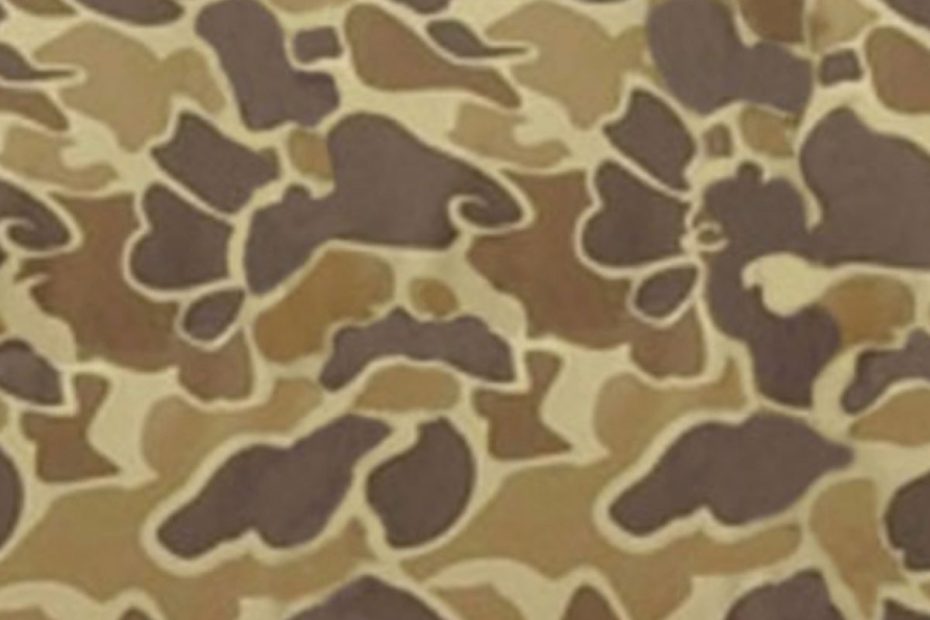The variety of camouflage possibilities in today’s waterfowl market is huge. What to wear and what to choose are both based on what store carries what and what you can get sight unseen on the internet. For this article, I will focus on waterfowl camouflage used primarily from October to February in marsh and timber settings. As well as fabric in most of these patterns is available allowing one to make their own outer gear.
Finding a place to hide and then staying concealed are likely the most important elements of waterfowl hunting. I know at times it seems you could be in hunter orange in the marsh and the “X” is paying off regardless of how you hide. On the other hand, it seems even the slightest error in camouflage will flare ducks and geese making for a long day. So the key is finding a pattern that blends into the environment as closely as possible.
Modern waterfowl camouflage ranges from very photo-realistic patterns to mosaics that blend colors in ways that we had never imagined. Consider where you hunt and how you need to conceal. Some will be in areas with greens still present and others will hunt in a barren field devoid of any colors other than browns and tans. Find something that you feel comfortable in but be prepared to own more than one type of camouflage.
I have seen people trying to hide while wearing deer camouflage in the middle of a dark, brown, dead marsh. There is no green in the middle of winter in the marsh or for that matter in many of the fields we hunt further north. Brown and the variants of brown are the colors of winter.
Let’s start with Mossy Oak – a stalwart among camouflage designers. They offer two popular camouflage patterns for waterfowl and likely most of these are easily available. The popularity of Shadow Grass Habitat makes this a go to for many waterfowl hunters. It blends in well in corn, moist soil habitat and other winter covers. Bottomland has all the elements of standing timber and water.
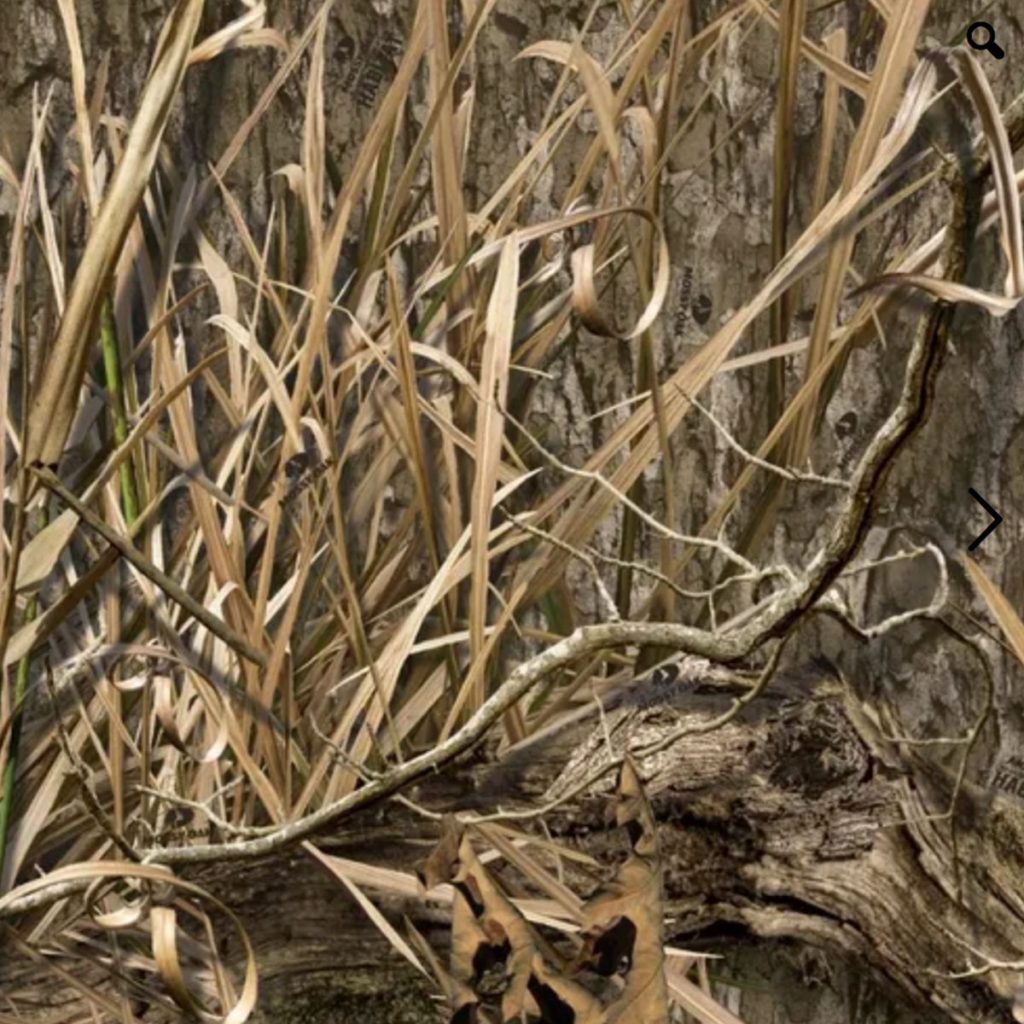
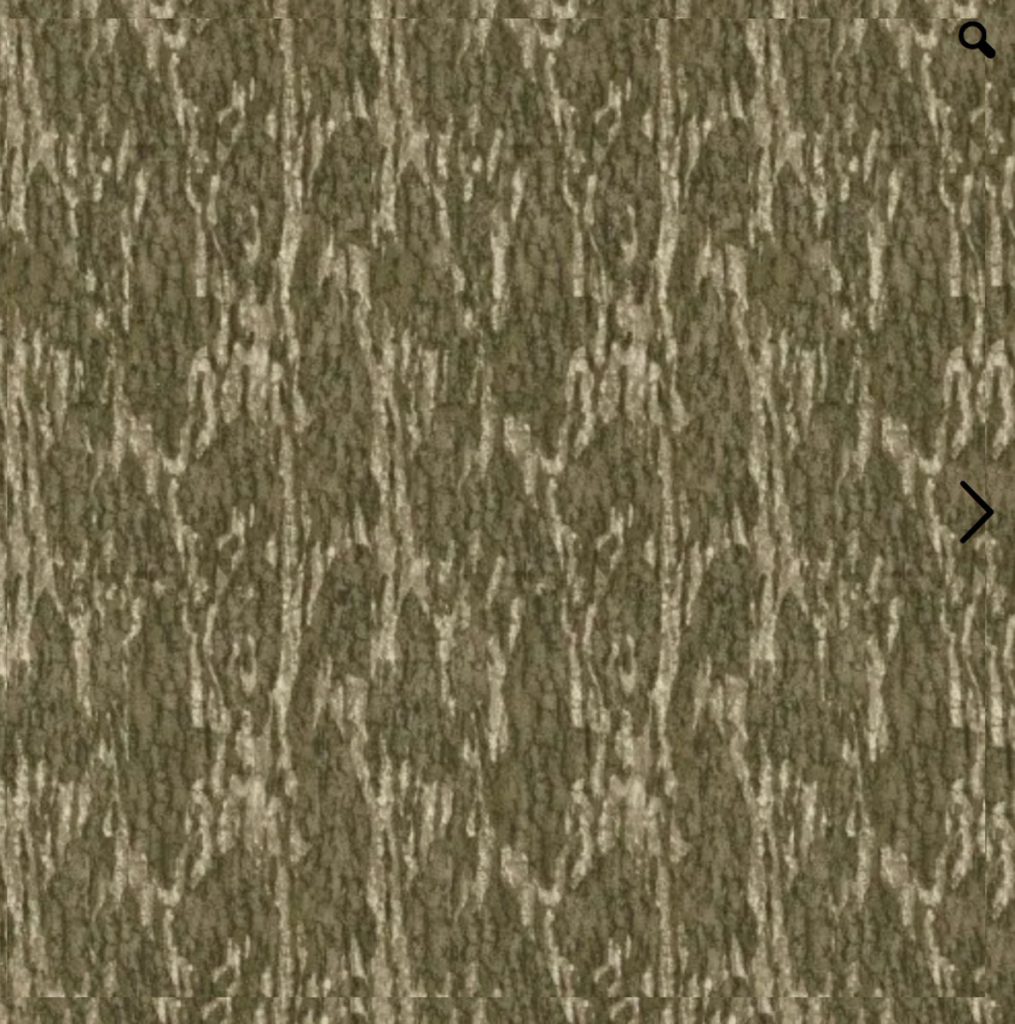
Realtree is another very popular pattern brand. Their early version of Max 4 has been improved to Max 5 and both are very popular. This is a dark pattern that blends in but does incorporate a few greens in the pattern. The timber pattern is very well designed for a timber hide.
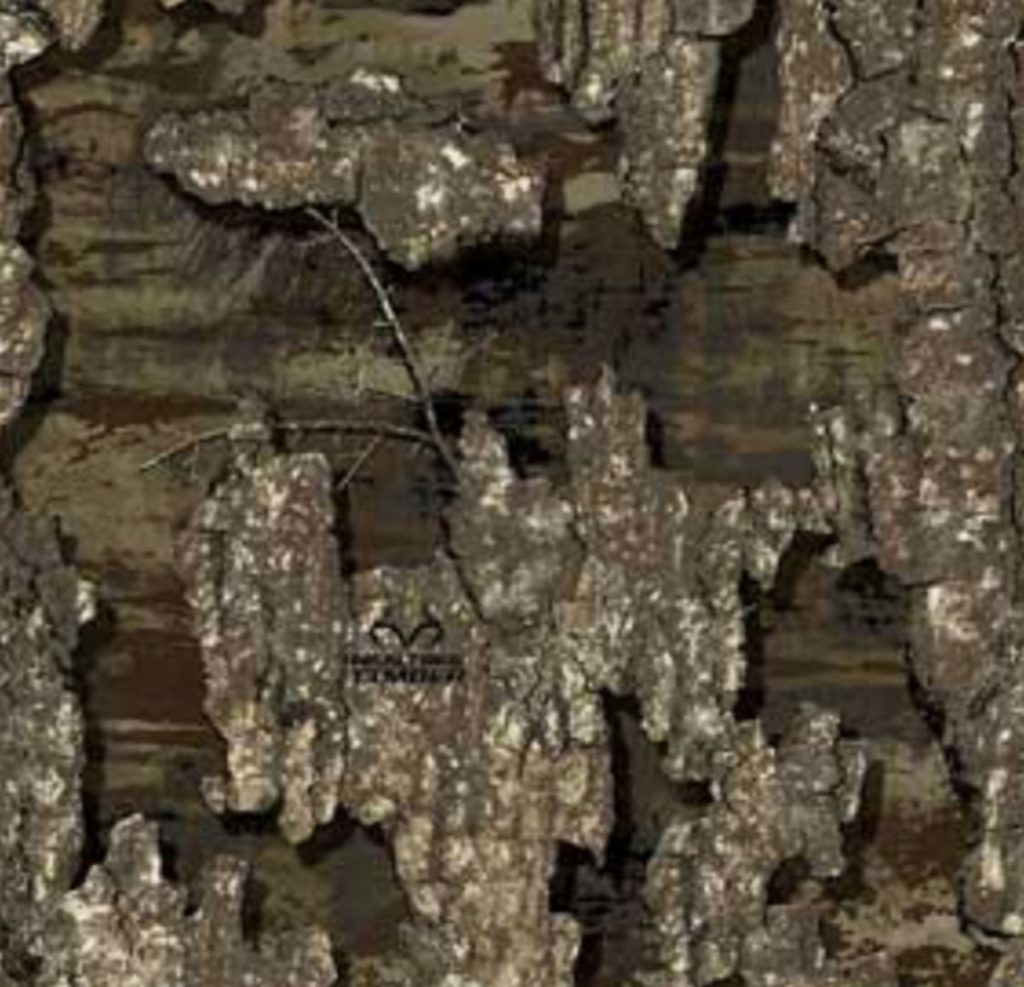
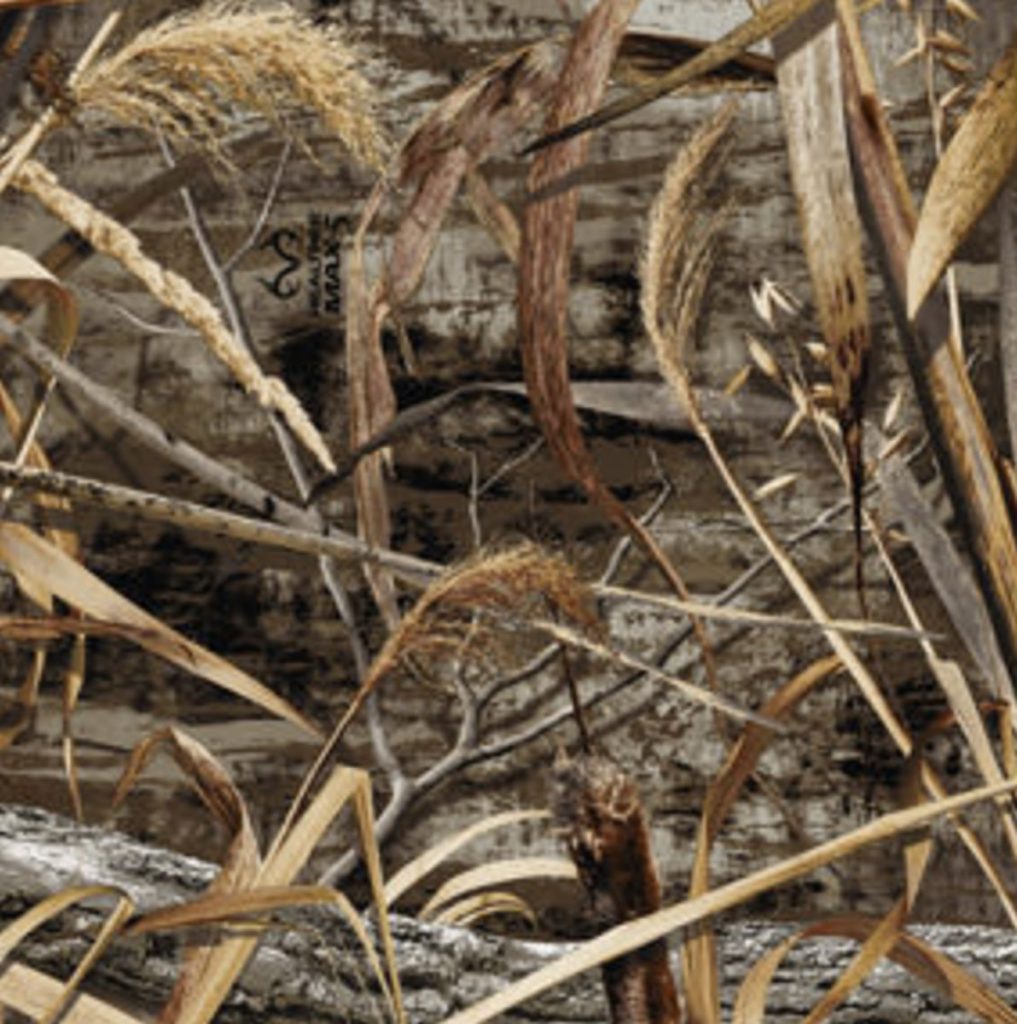
Drake Waterfowl offers a pattern that is hard to beat and has stood the test of time. Old School is not intended to be a perfect match for the surrounding habitat, but it incorporates all the colors necessary to hide. It also has the ability to cross over between different environments.
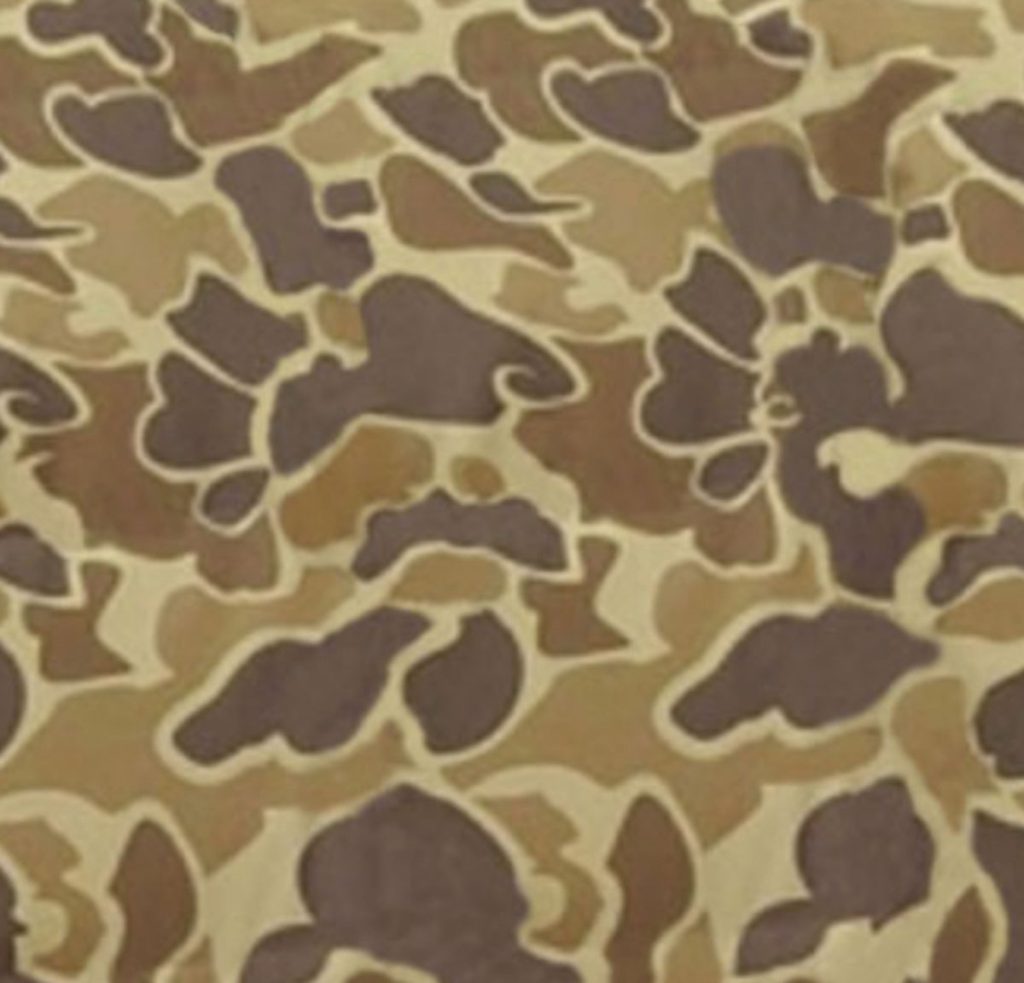
Sitka moves the bar with a modern interpretation of camouflage patterns. Know as Optifade the pattern has the ability to hunt in all kinds of habitat. The flexibility of having one camouflage that works in many situations makes this design a good choice.
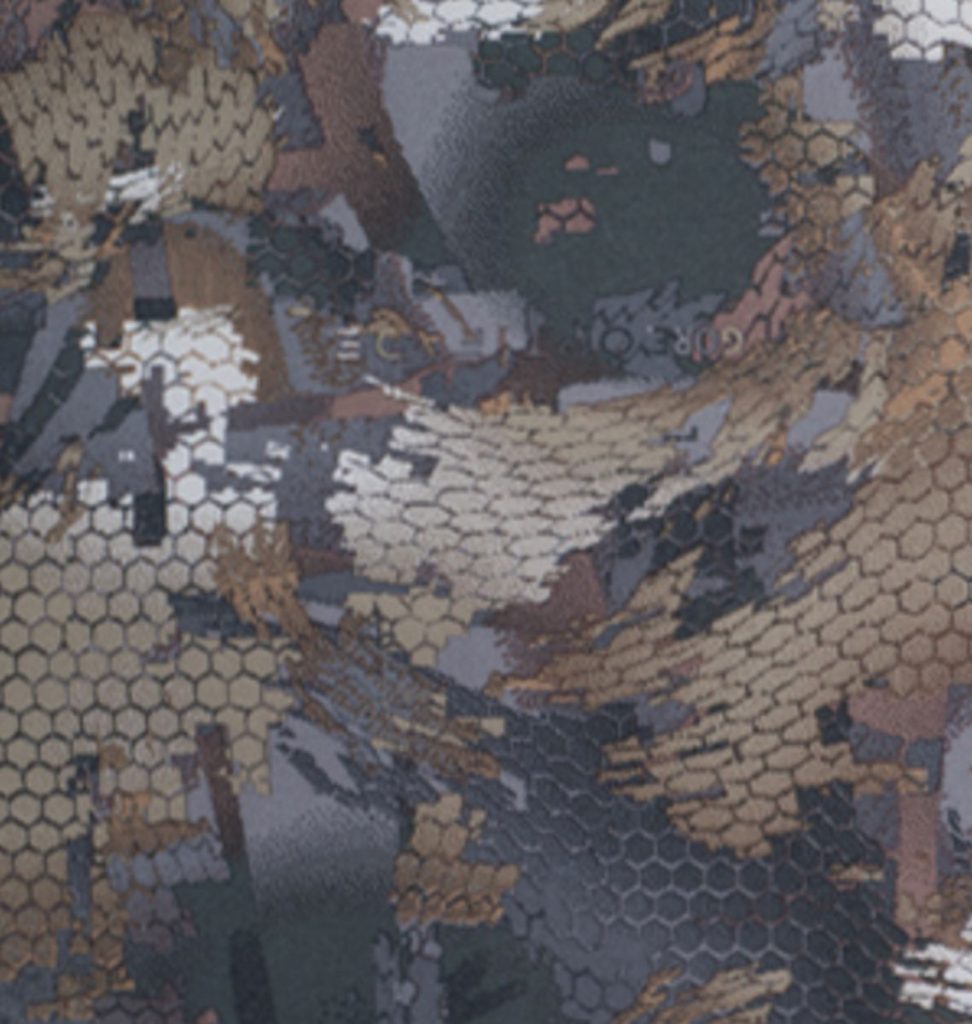
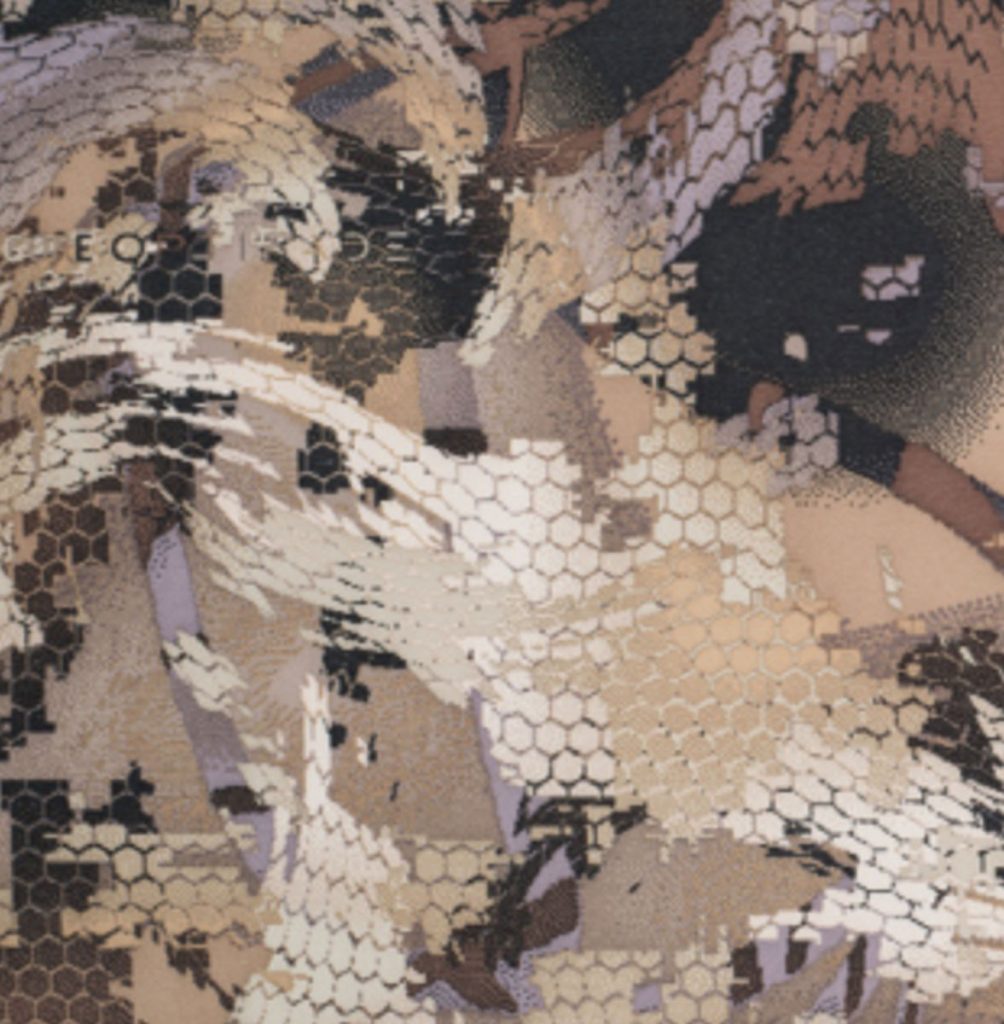
Finally there are a few “independent” brands out there worth looking into like Natural Gear, Duck Camp, Forloh, Kryptek, ASAT and Kuiu. The idea that a pattern can actually look like the environment it is meant to hide into is a sort of theme behind some new patterns, but others have interpreted the blend in totally different ways. In some cases the photo-realistic idea is meant to match perfectly into wheat, corn, grass, timber and moist soil habitat. Take the time to look into these brands as they might interest you in their development and approach to concealment.
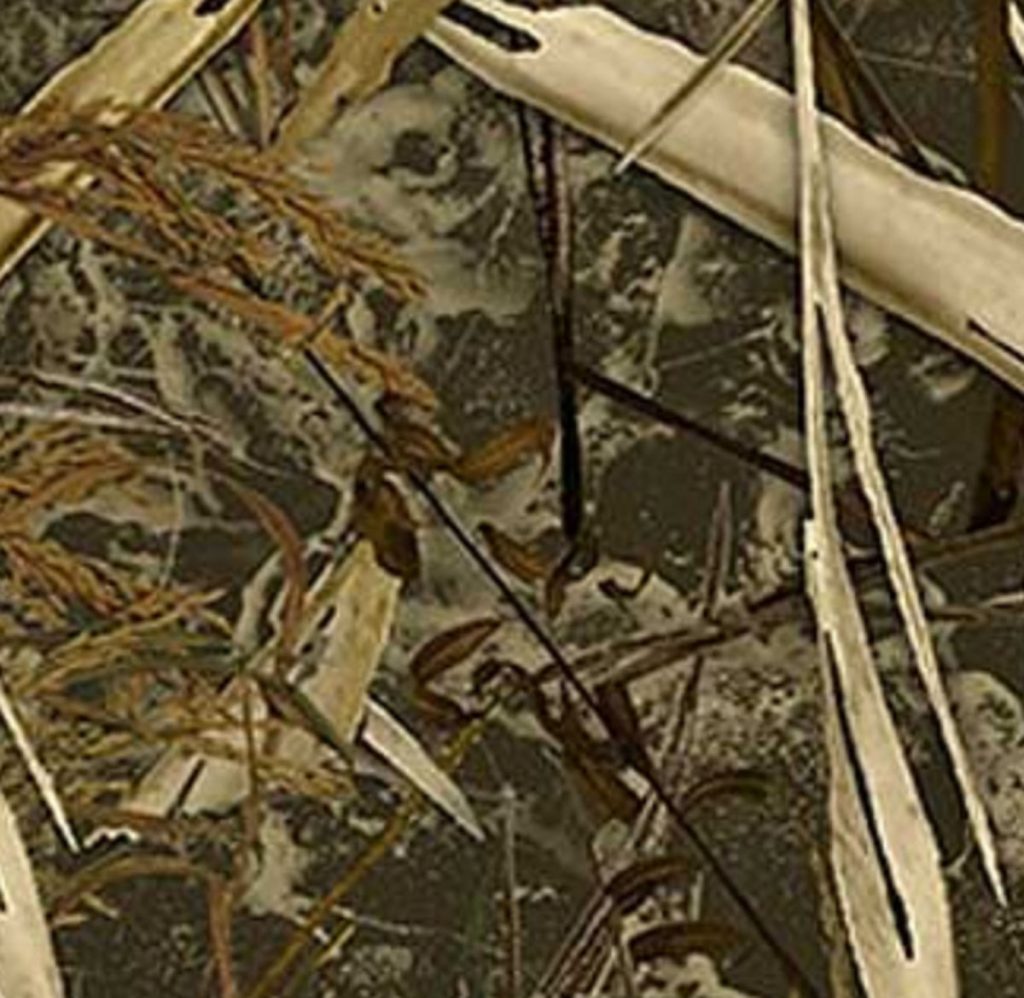
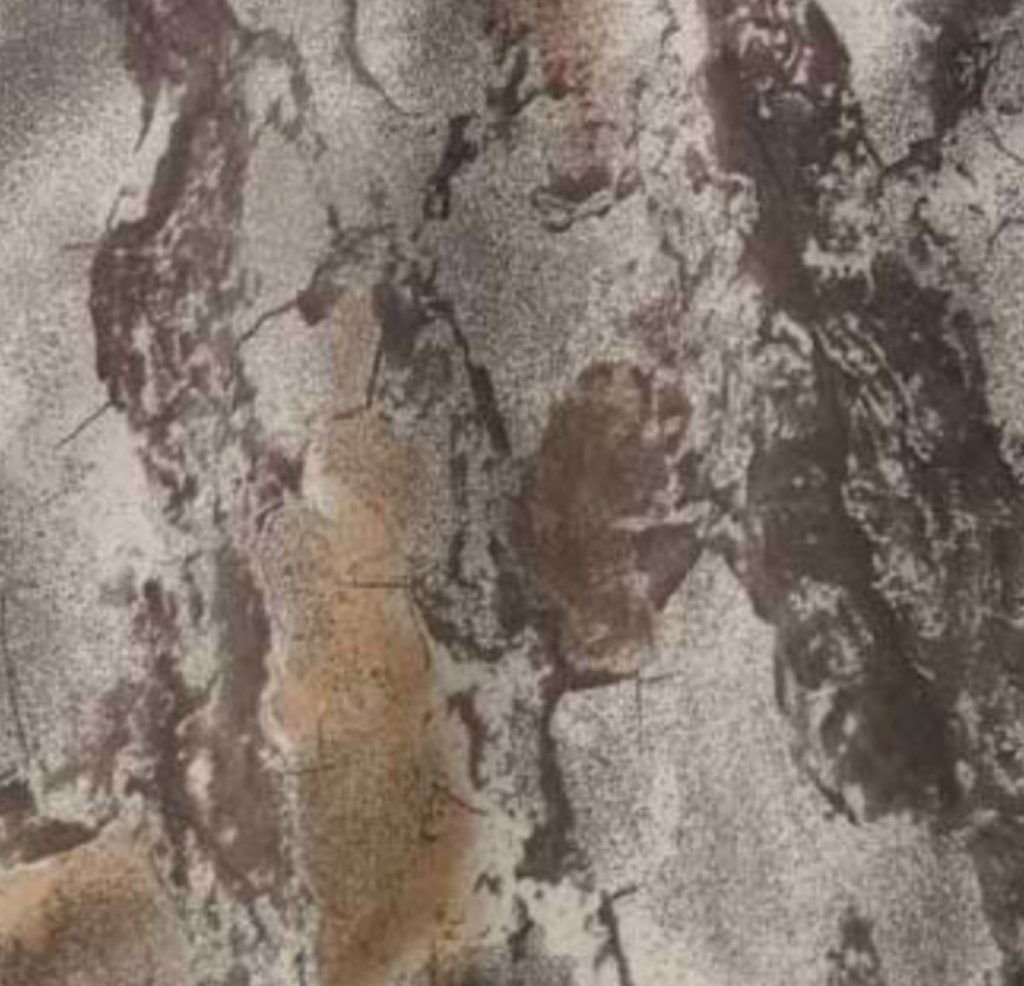
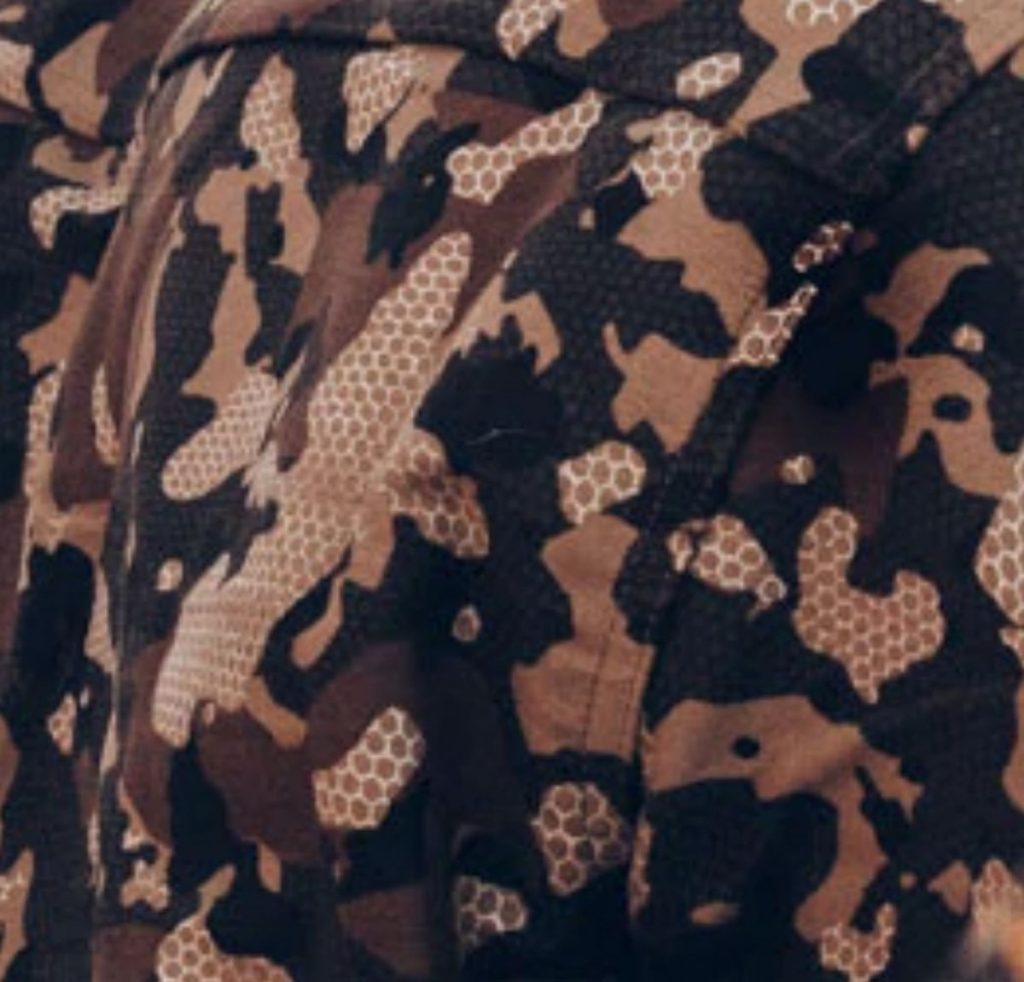
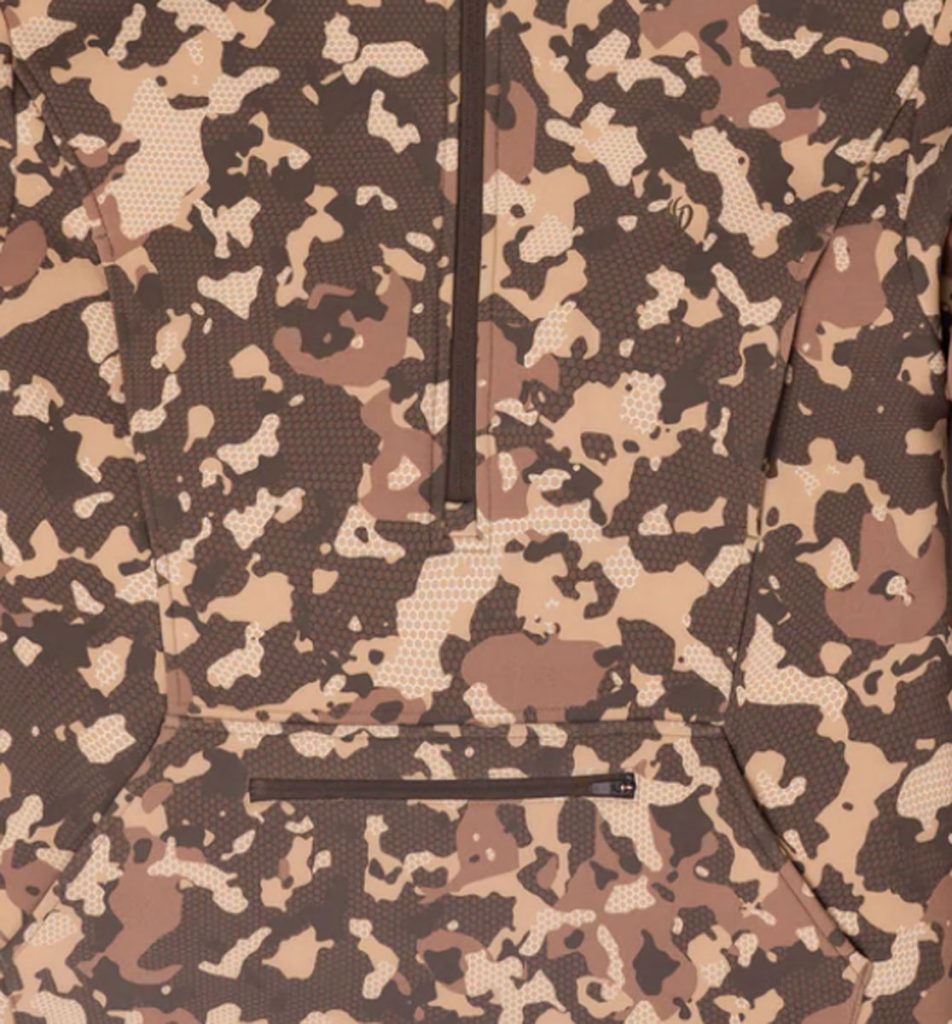
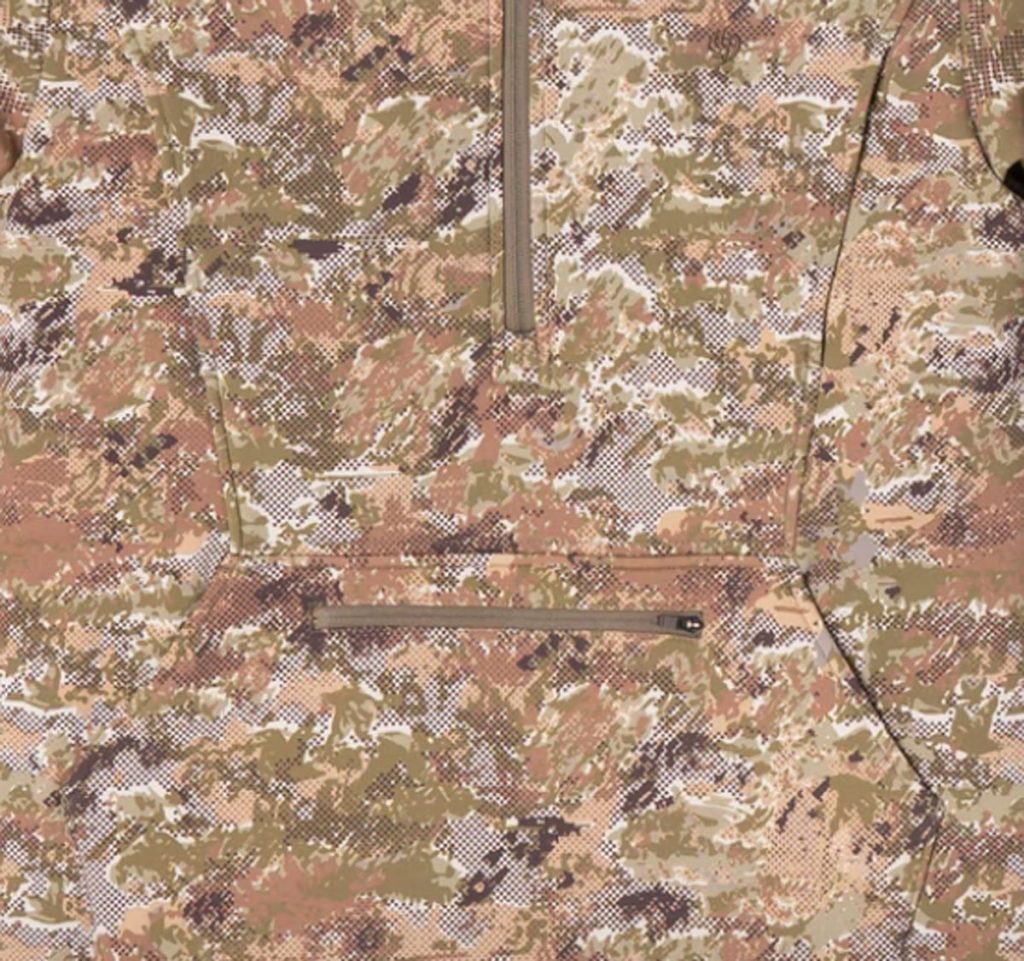
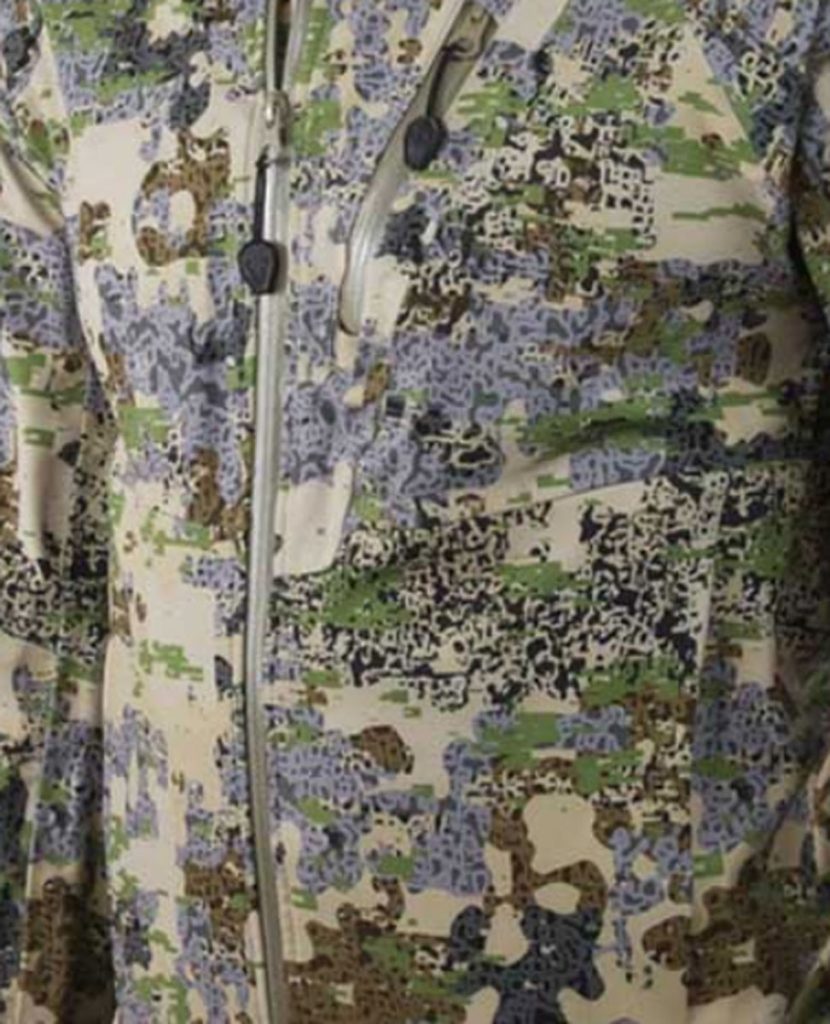
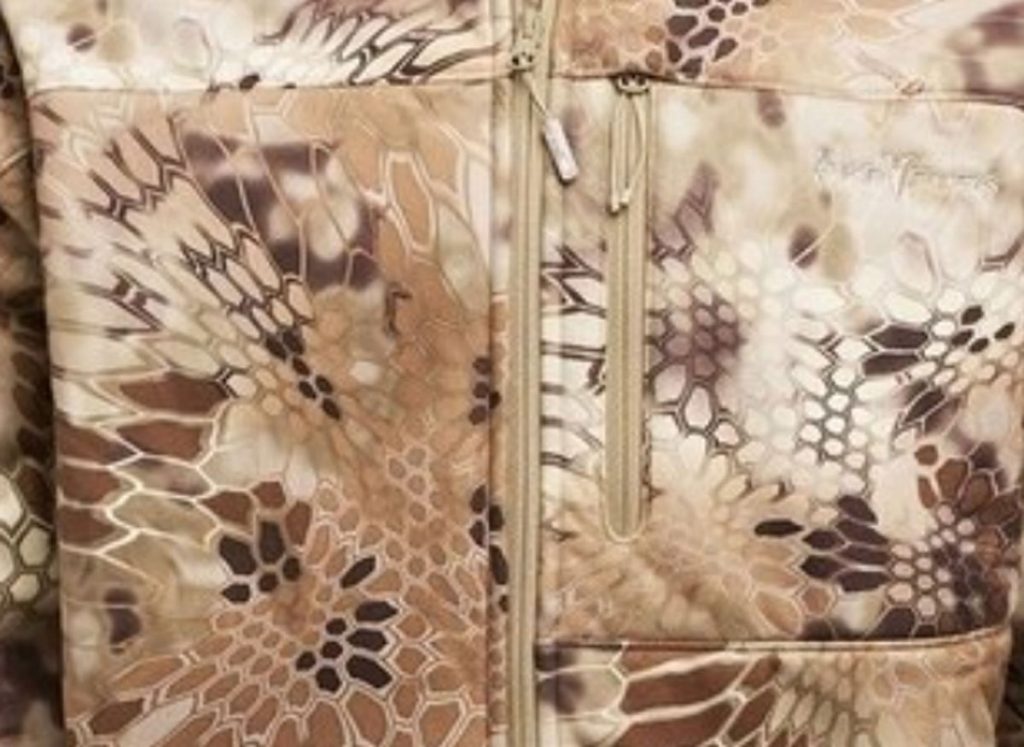
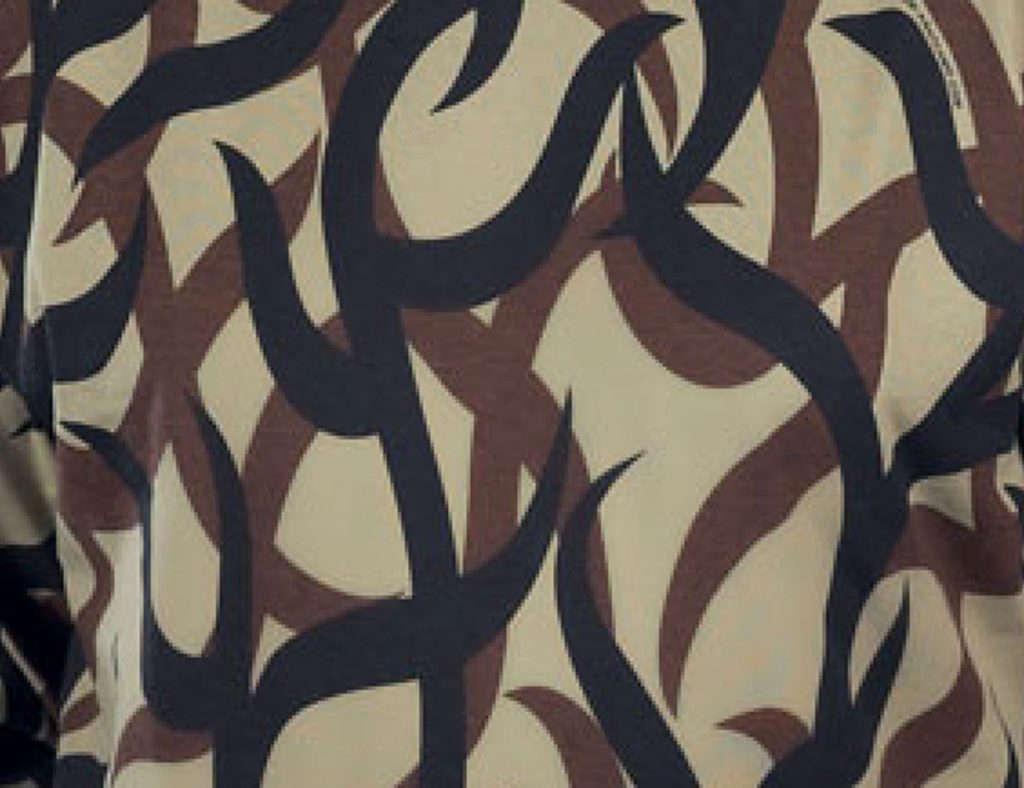
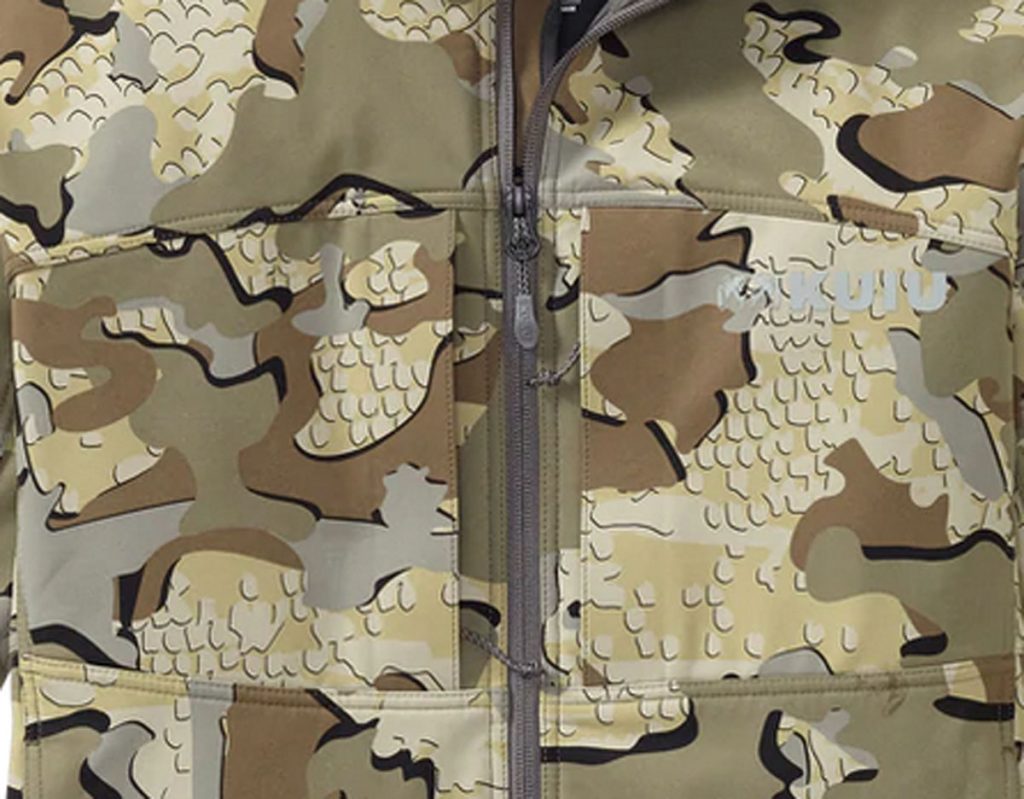
Lots of different camouflage to look at and more will keep evolving this industry. While some of these are not exactly designed for waterfowl, as would be ASAT, their argument for concealment makes sense and is worth trying.
